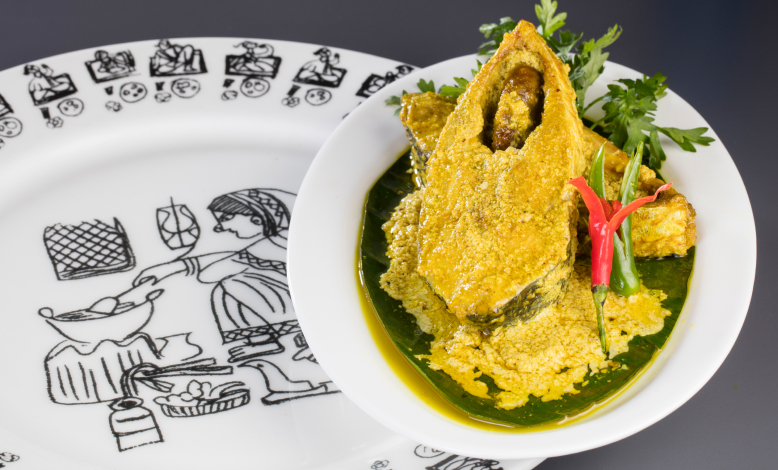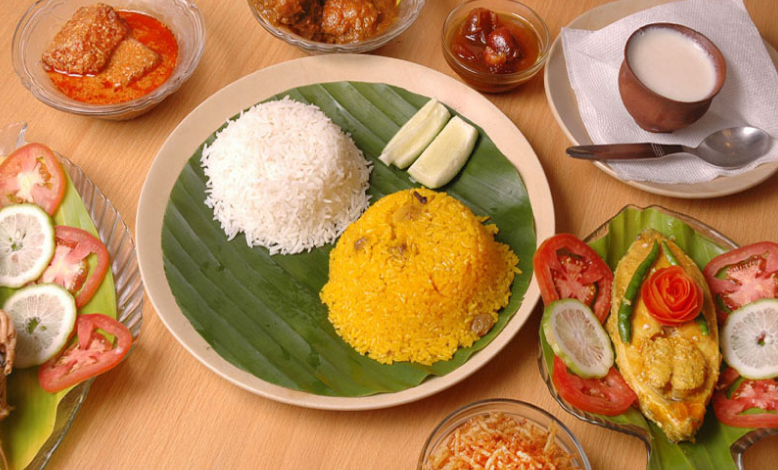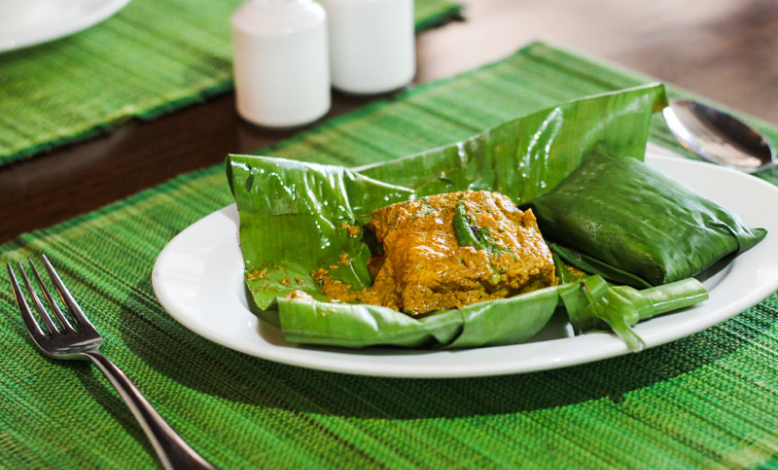

Bengali cuisine has been treasuring a secret ingredient mix for generations and it’s time we let the world know all about it. Connoisseurs of the world celebrate, for we’re introducing you to the crown jewel of Bengal’s flavour palate – the Paanch Phoron. Paanch Phoron is a special spice mix that has fenugreek (methi), nigella (kalonji), cumin (jeera), black mustard (rai), and fennel (saunf). In Bengal, however, the black mustard is sometimes replaced with radhuni, and black cumin seeds replace nigella.
However, since in some places radhuni is not readily available, celery seeds are used to replace it. While the mix requires equal parts of all the spices, some households are known to tweak the ratio, depending on their taste buds and preferences. Paanch phoron literally translates to five spices or five flavors. The word panch (or paanch) means five and this mix is also sometimes called Indian five spice, or it may be called padkaune masala in Nepal.
Aside from the spices used to make it, paanch phoron differs from garam masala and other Indian spice mixes in that the traditional version is consists of whole spices rather than ground. While the true history of paanch phoron spices is unknown, some historians believe that it has to do with the importance of the number five in ayurveda. The number five may be related to the Pancha Bhoota, which is the basic five elements that Hindus claim is the basis of creation. Those elements are fire and water along with air, earth and ether. Buddhists also consider the number to be meaningful. The number five shows up repeatedly in Indian food and Bengali cuisine in particular.
Paanch phoron flavour profile. The fenugreek gives paanch phoron its distinctive nutty pungency and bitterness. The nigella seeds provide a light peppery flavor, while cumin brings an earthy quality. Radhuni can add an herbaceous note that is intense enough to compete for dominance with the fenugreek. In blends that use black mustard seeds, they bring an aggressive tanginess. Fennel brings a potent sweetness that helps to soften the bitterness of the fenugreek and the cumin.
Health benefits of paanch phoron :
Because all of the ingredients of the paanch phoron spices are nutritious, it is a good source of the following compounds:
Minerals: Most of the paanch phoran spices are good sources of minerals, including calcium and iron.
Fiber: Most spices are good sources of dietary fiber, including fennel seeds and the other spices in panch phoran.
Vitamins: While the spices in paanch phoron are not particularly good sources of major vitamins, B vitamins like thiamin and niacin are present in modest amounts.
Paanch phoron's blend of spices may not be the first line of treatment for any health problems, but they do contain nutrients known to be beneficial for:
Diabetes: Fenugreek, cumin and nigella are all believed to be beneficial for blood sugar control. As a result, paanch phoron may contribute to the management or prevention of type 2 diabetes.
Digestive problems: Cumin and fennel seeds are time-honored digestive aids used to treat everything from constipation to heartburn. Cumin stimulates the secretion of pancreatic enzymes, which is helpful in proper digestion and nutrient assimilation. As with other carminative spices, cumin's digestive stimulating effects are due to its content of volatile oils.
Apart from the above mentioned benefits, this perfect blend of spices also brings with itself the combined health benefits of each of the spices used. Mustard is a good source of selenium and magnesium and is also a good source of omega-3 fatty acids as well as iron, calcium, zinc, manganese, magnesium, protein, niacin and dietary fiber. The seeds of the fenugreek plant are known to be great cleansers of the system and those of fennel acts as a digestive, appetite enhancer. Kalonji seeds have been known to have many healing properties including migraine, chronic colds, palpitations, alopecia and asthma.
Common uses :
Paanch phoron is used mostly in the cuisines from the eastern side of India including Bengal, Bangladesh, and Nepal. In most cases, the tempering method is used to add it to a dish. Tempering involves frying the spices in ghee or oil. The spices are removed and the ghee or oil is used in the dish. Common applications include the mixed vegetable dish that is popular in Bengal known as shukto. Paanch phoron is also used in pickles and stews. If you are not interested in being restricted by tradition, you can simply grind the spices and use them as a barbecue rub.
You might have relished your favourite Bengali dishes – ‘Macher Jhol’, ‘Kosha Mangsho’, or ‘Sukto’. What you might not have known was the quintessential Bengali spice mix that was common to those delicious dishes.
To use paanch phoron to perfection it must be fried briefly in hot ghee or oil, until the seeds ‘pop’, and release the flavours. Care must be taken not to scorch or the seeds will get bitter.
To use paanch phoron to perfection it must be fried briefly in hot ghee or oil, until the seeds ‘pop’, and release the flavours. Care must be taken not to scorch or the seeds will get bitter.
Paanch phoron can be used in dal or chicken-vegetable stew, knead into bread dough, made to season marinades for roasted meats, or simply sautéd with sliced cabbage.
So here’s all you could know about the traditional kitchen wonder of Bengali cuisine. Go ahead and add the extra Paanch phoron tadka to your dish, or come over to 6 Ballygunge Place, and discover traditional delights created with this perfect spice mix and more!




